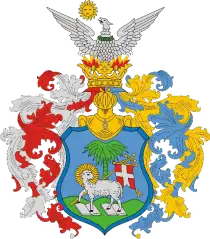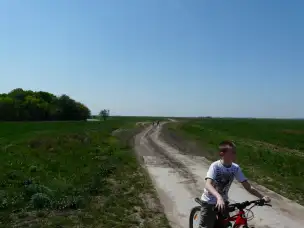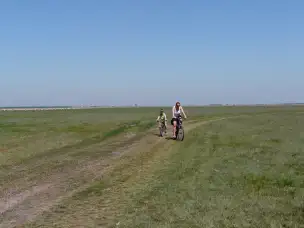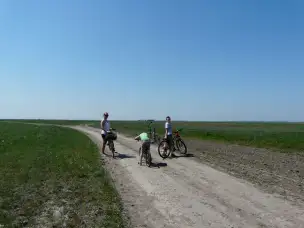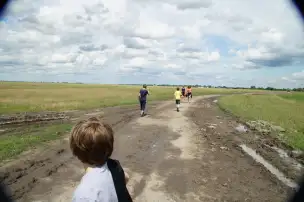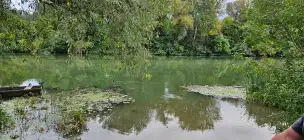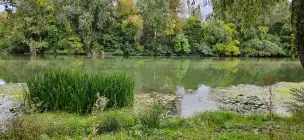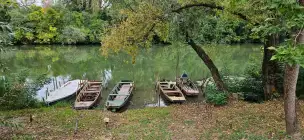Alföld – the Great Hungarian Plain – is the complete opposite of the Danube Bend. Where that region offers hills, castles, and a river cutting through mountain ranges, here you’ll find vast open space, endless steppe horizons, and a deep-rooted pastoral tradition. Yet this is the heart of Hungary’s folk soul – the land of horses, paprika, csárdas, and the puszta.
Located in southeastern Hungary, Alföld is the country’s largest geographical region and forms part of the Pannonian Basin – a vast inland plain in Central Europe. It is a flat, sometimes almost monotonous landscape, crisscrossed by rivers (Tisza, Körös, Maros) and canals.
In the Middle Ages, Alföld was sparsely urbanized but agriculturally important. During the 16th and 17th centuries under Ottoman rule, the area became largely depopulated – a frontier of civilizations.
In the 19th century, the regulation of the Tisza River (a massive hydroengineering project) made the region more suitable for farming. It is the cradle of Hungary’s pastoral heritage – csikós (Hungarian cowboys), herds of grey cattle, and horse breeding.
Folk Culture and Traditions
- Csikós and horse ranches – spectacular horseback riding shows and traditional pastoral life, especially in Hortobágy.
- Traditional csárdas – rural inns serving regional dishes: goulash, lecsó, roast goose.
- Paprika and onions from Szeged and Kalocsa – culinary powerhouses of Hungary.
- Kalocsa embroidery – vibrant colors and floral motifs, recognized as intangible cultural heritage.
Alföld is the agricultural and folkloric soul of Hungary – flat, sometimes overlooked, but full of authenticity. Here you’ll find:
- the true flavors of Hungarian cuisine,
- landscapes straight out of tales of steppe herdsmen,
- vast spaces and quiet.
It’s a region best explored slowly – contemplative, calm, and offering a glimpse into a different Hungary than the mountainous or urban ones.
Puszta
In Polish, puszta means "emptiness" or "desert," and it refers to the steppes of the Great Hungarian Plain, mainly in the valleys of the Tisza River. This vast, flat steppe landscape—mostly grassy, partly dry, and sometimes semi-desert—is closely associated with the Hungarian Plain (Alföld). It is one of the most iconic elements of Hungarian cultural, historical, and natural identity.
For centuries, life on the puszta was semi-nomadic, connected to animal husbandry and Magyar traditions. Hungarians, as a people with pastoral and horse-riding origins rooted in the steppe, see the puszta as a symbolic return to their roots. In folklore, songs, and literature, the puszta symbolizes freedom, wildness, but also loneliness and harsh living conditions.
An ideal place for claustrophobics.
The Tisza River
One version of the legend, recorded by chroniclers such as Jordanes and Priscus of Panium, tells that Attila was buried in the riverbed of the Tisza. According to the tale:
- The Huns diverted the river’s flow to dig a grave at its bottom.
- Attila’s body was placed in a coffin supposedly made of three layers: iron, silver, and gold.
- After the burial, the river was restored to its original course, covering the grave.
- To keep the burial site secret, all who participated in the funeral were killed.
No archaeological evidence supports this story, but what could there be? The Huns ensured that the man who complicated their lives with his overwhelming ambitions would have no visible cult site.
Today, the Tisza River remains an important element of cross-border cooperation among the countries it flows through.



